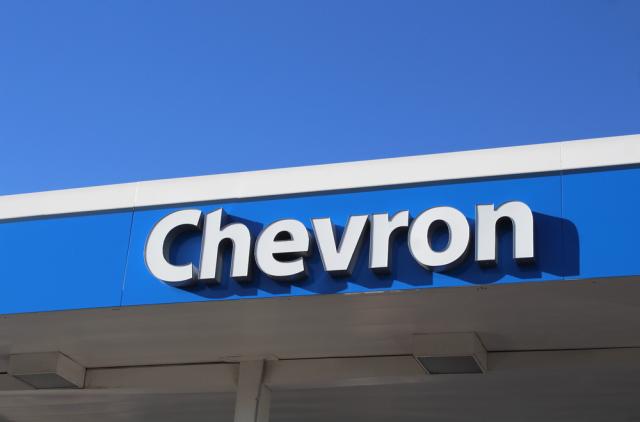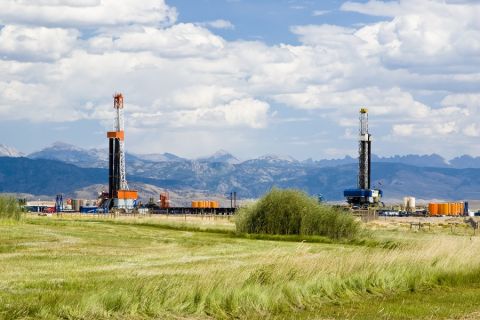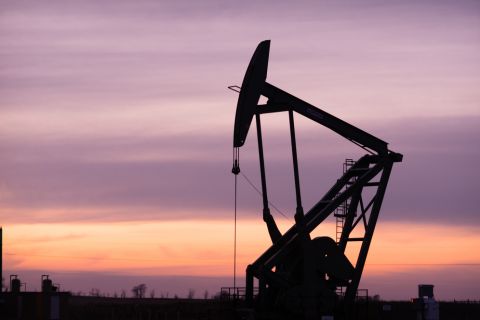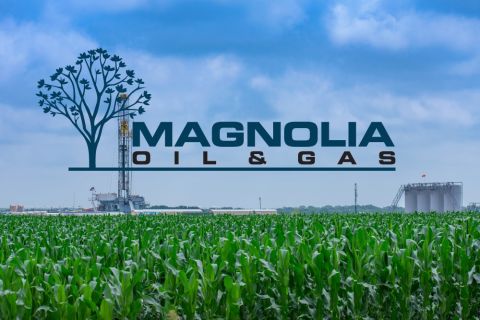
Image of Chevron's logo. (Source: Shutterstock)
Chevron Corp.’s 2023 budget is increasing, with capex of nearly $17 billion, including $14 billion for its consolidated subsidiaries and $3 billion for its equity affiliates, near the high end of the company’s previous guidance range.
Upstream capex includes more than $4 billion for Permian Basin development and roughly $2 billion for other shale and tight assets. More than 20% of upstream capex is for projects in the Gulf of Mexico.
Ryan M. Todd, an analyst with Piper Sandler, said that the company’s Permian spending represents over $4 billion, “remaining by far the most important asset in Chevron’s portfolio.”
Chevron’s 2023 capex budget assumes cost inflation that averages in the mid-single digits with certain areas higher, such as the Permian that assumes low double-digit cost inflation.
Lower carbon capex across all segments totals about $2 billion, including $500 million to lower the carbon intensity of Chevron’s traditional operations and about $1 billion to increase renewable fuels production capacity.
Chevron’s overall 2023 budget will increase more than 25% from 2022 expected spend, excluding acquisitions.
“We’re maintaining capital discipline while investing to grow both traditional and new energy supplies,” said Chevron chairman and CEO Mike Wirth. “Our 2023 capex budgets are consistent with our long-term plans to safely deliver higher returns and lower carbon.”
Todd said Chevron’s higher spend is in line with the prior Piper Sandler estimates and should have negligible effect on Chevron’s free cash flow expectations.
“Not that it should come as a surprise, but the disciplined budget remains a testament to the impressive commitment shared by the industry to maintain capital discipline (and shareholder returns), even against a backdrop of high oil prices and strong cost inflation,” Todd wrote in a Dec. 8 report.
The company’s plans should offer investors’ confidence in greater sustainability.
Of the $17 billion capital program, upstream spend represents $11.5 billion, while downstream spend is $1.9 billion, Todd said in a Dec. 8 report. Affiliate spending includes $1.9 billion for upstream and roughly $1.5 billion allocated to the Tengiz expansion in western Kazakhstan.
Chevron said affiliate capex in 2023 is down modestly from 2022 expected spend. Those budgets support Chevron’s objective to safely deliver higher returns and lower carbon and include approximately $2 billion in lower carbon capex, more than double the 2022 budget.
“Our capex budgets remain in line with prior guidance despite inflation,” Wirth continued. “We’re winning back investors with capital efficient growth, a strong balance sheet, and more cash returned to shareholders.”
| Details of Chevron's 2023 organic capex and affiliate capex budgets (1) include: | |
|---|---|
| U.S. Upstream | 8.0 |
| International Upstream | 3.5 |
| Upstream Capex | 11.5 |
| U.S. Downstream | 1.5 |
| International Downstream | 0.3 |
| Downstream Capex | 1.9 |
| Other | 0.6 |
| Capex | 14.0 |
| Upstream | 1.9 |
| Downstream | 1.1 |
| Affiliate Capex | 2.9 |
Recommended Reading
E&P Earnings Season Proves Up Stronger Efficiencies, Profits
2024-04-04 - The 2024 outlook for E&Ps largely surprises to the upside with conservative budgets and steady volumes.
Exxon, Chevron Tapping Permian for Output Growth in ‘24
2024-02-02 - Exxon Mobil and Chevron plan to tap West Texas and New Mexico for oil and gas production growth in 2024, the U.S. majors reported in their latest earnings.
Hess Corp. Boosts Bakken Output, Drilling Ahead of Chevron Merger
2024-01-31 - Hess Corp. increased its drilling activity and output from the Bakken play of North Dakota during the fourth quarter, the E&P reported in its latest earnings.
Petrie Partners: A Small Wonder
2024-02-01 - Petrie Partners may not be the biggest or flashiest investment bank on the block, but after over two decades, its executives have been around the block more than most.
CEO: Magnolia Hunting Giddings Bolt-ons that ‘Pack a Punch’ in ‘24
2024-02-16 - Magnolia Oil & Gas plans to boost production volumes in the single digits this year, with the majority of the growth coming from the Giddings Field.






